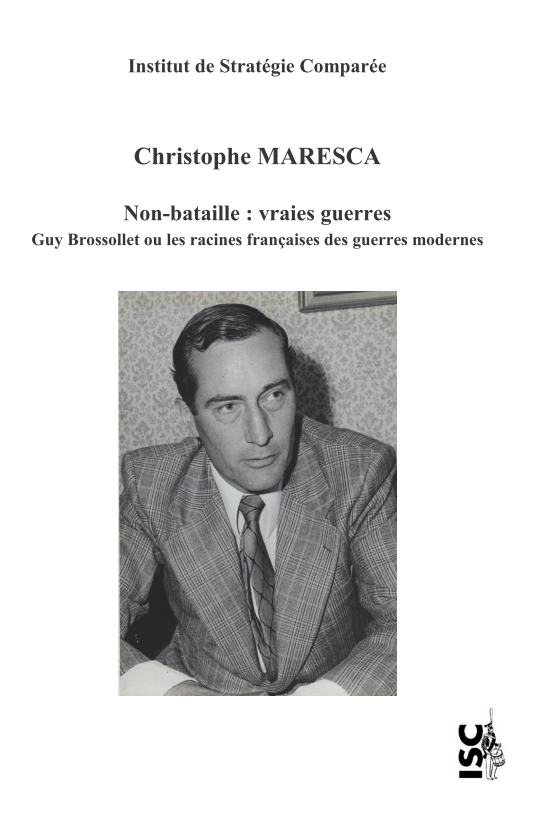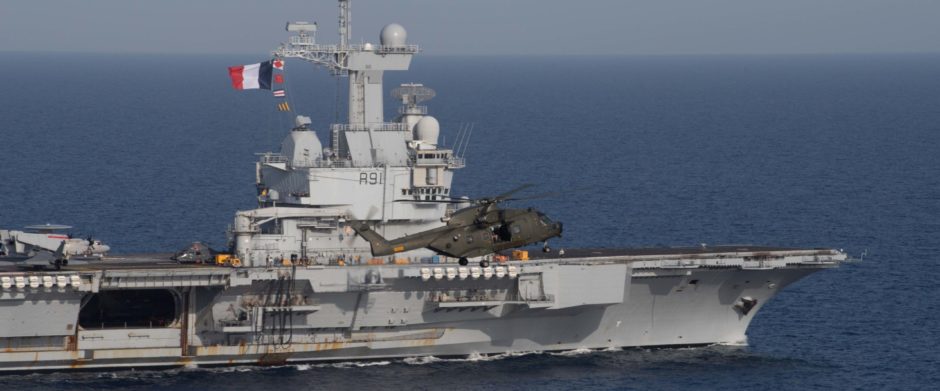- Armstrong David, Bullets and Bureaucrats: The Machinegun and the United States Army 1876-1916, Greenwood Press, Westport, 1982.
- Barlow Jeffrey G., Revolt of the Admirals. The Fight for Naval Aviation 1945-1950, Washington, Naval Historical Center, 1994.
- Betts Richard K., Enemies of Intelligence. Knowledge and Power in American National Security, Columbia University Press, New York, 2007.
- Bickel Keith, Mars Learning: The Marine Corps’ Development of Small Wars Doctrine, 1915-1940, Westview Press, New York, 2000.
- Blechman Barry M. et Kaplan Stephen S., Force without War. US Armed Forces as a Political Instrument, Washington, Brookings, 1978.
- Boëne Bernard et Martin Michel-Louis, L’Amérique entre Atlantique et Pacifique, Paris, FEDN, 1987.
- Boggs Carl, Origins of the Warfare State. World War II and the Transformation of American Politics, Routledge, London, 2016.
- Boll Michael M., National Security Planning : Roosevelt through Reagan, Lexington, The University Press of Kentucky, 1988.
- Booth Ken et Wright Moorhead (eds), American Thinking About Peace and War, Sussex, The Harvester Press, 1978.
- Brigety II Reuben E., Ethics, Technology and the American Way of War. Cruise Missiles and US Security Policy, nlle. ed., Routledge, London, 2017.
- Builder Carl H., The Masks of War. American Military Style in Strategy and Analysis, Baltimore-Londres, The Johns Hopkins University Press, 1989.
- Caraley Demetrios, The Politics of Military Unification. A Study of Conflict and the Policy Process, New York-Londres, Columbia University Press, 1966.
- Challener Richard D., Admirals, Generals and American Foreign Policy 1898-1914, Princeton, Princeton University Press, 1973.
- Child Jack, Unequal Alliance. The Inter-American Military System 1938-1972, Boulder, Westview, 1980.
- Colson Bruno, “La culture stratégique américaine”, Stratégique, 37, 1989-1.
- Colson Bruno, “La culture stratégique américaine et la guerre du Golfe” ; Stratégique, 51-52, 1991-3/4.
- Colson Bruno, “Concepts américains pour l’après-guerre froide”, Stratégique, 57, 1992-1.
- Colson Bruno, Le tiers-monde dans la pensée stratégique américaine, Paris, ISC-Économica, Hautes études stratégiques 1, 1994.
- Colson Bruno, La Stratégie américaine et l’Europe, Paris, ISC-Économica, Hautes Études stratégiques 7, 1997.
- Davidson Janine, Lifting the Fog of Peace: How Americans Learned to Fight Modern War, University of Michigan Press, Chicago, 2011.
- Desportes Vincent, L’Amérique en armes. Anatomie d’une puissance militaire, Paris, Économica, 2002.
- Desportes Vincent, Le Piège américain. Pourquoi les États-Unis peuvent perdre les guerres aujourd’hui, Paris, Économica, Stratégies et doctrines, 2011.
- Doubler Michael D., Civilian in Peace, Soldier in War. The Army National Guard, 1636-2000, Lawrence, Kansas University Press, 2003.
- Downie Richard, Learning from Conflict: The US Military in Vietnam, El Salvador and Drug War, Greenwood Press, Westport, 1998.
- Drew Dennis M. (colonel) et Donald M. Snow, The Eagle’s Talons : The American Experience at War, Maxwell AFB, Air University Press, 1988.
- Evangelista Matthew et Shue Henry (eds.), The American Way of Bombing. Changing Ethical and Legal Norms from Flying Fortress to Drones, Cornell University Press, Ithaca, 2014.
- Farrell Theo, Weapons without a Cause: Politics of Weapons Acquisition in the United States, Palgrave Macmillan, New York, 1996.
- Géré François, Les Lauriers incertains. Stratégie et politique militaire des États-Unis, 1980-2000, Paris, FEDN, 1991.
- Hagan Kenneth J. (ed.), In Peace and War. Interpretations of American Naval History, 1775-1984, Westport-Londres, Greenwood Press, Contributions in Military History 41, 2e éd. 1984.
- Hagan Kenneth J. (ed.), This People’s Navy. The Making of American Sea Power, New York, The Free Press, 1991.
- Harris Brice, America, Technology and Strategic Culture. A Clausewitzian Assessment, Routledge, London, 2015.
- Haworth W. Blair, The Bradley and How It Got That Way: Technology, Institutions, and the Problem of Mechanized Infantry in the United States Army, Greenwood Press, Westport, 1999.
- Jensen, Benjamin M., Forging the Sword. Doctrinal Change in the US Army, Stanford University Press, Stanford, 2016.
- Johnson Wray R., “War, Culture and the Interpretation of History : the Vietnam War Reconsidered”, Small Wars and Insurgencies, 9-2, automne 1998.
- Kaplan Edward, To Kill Nations. American Strategy in the Air Atomic Age and the Rise of Mutually Assured Destruction, Cornell University Press, Ithaca, 2015.
- Kaplan Fred, The Insurgents : David Petraeus and The Plot to Change The American Way of War, Simon & Schuster, New York, 2013.
- Klein B.S., “Hegemony and Strategic Culture. American Power Projection and Alliance Defense Politics”, Review of International Studies, 1988-2.
- Krepinevich Andrew F. et Watts Barry D., The Last Warrior. Andrew Marshall and the Shaping of Modern American Defense Strategy, Basic Books, 2015.
- Kretchik Walter E., U.S. Army Doctrine. From the American Revolution to the War on Terror, Lawrence, Kansas University Press, 2011.
- Leffler Melvyn P., A Preponderance of Power. National Security, the Truman Administration and the Cold War, Stanford, Stanford University Press, 1992 (ce livre a donné lieu à un vaste débat ; cf. Diplomatic History, 17-2, printemps 1993).
- Lewis, Adrian R., The American Culture of War. The History of U.S. Military Force from World War II to Operation Enduring Freedom, Londres, Routledge, 2017, 3rd Edition.
- Lord Carnes, “American Strategic Culture in Small Wars”, Small Wars and Insurgencies, III-3, hiver 1992.
- Luttwak Edward N., The Pentagon and the Art of War, New York, Simon & Schuster, 1985.
- Madej Marek (Ed.), Western Military Interventions After The Cold War. Evaluating the Wars of the West, London, Routledge, 2018.
- Mahnken Thomas G., Technology and the American Way of War since 1945, Columbia University Press, New York, 2008.
- Marks Thomas A. et Krklin J. Bateman, Perspectives on the American Way of War. The U.S. Experience in Irregular Conflict, Routledge, Londres, 2019.
- Matheny Michael R., Carrying the War to the Enemy: American Operational Art to 1945, The University of Oklahoma Press, Norman, 2011.
- Mayer Jean-Paul, Rand, Brookings, Harvard et les autres. Les prophètes de la stratégie des États-Unis, Paris, ADDIM, 1997.
- Millett Allan R. et Maslowski Peter, For the Common Defense. A Military History of the United States of America, New York-Londres, The Free Press-Collier Macmillan, 1984.
- Moisy Claude, L’amérique sous les armes, Paris, Seuil, 1972 (une critique du complexe militaro-industriel, un peu forcée).
- Muehlbauer Matthew S. et Ulbrich David J., Ways of War. American Military History from the Colonial Era to the Twenty First Century, London, Routledge, 2014.
- Murawiec, Laurent, La guerre au 21ème siècle, Odile Jacob, Paris, 1999.
- Olsen John Andreas, John Warden and the Renaissance of American Air Power, Potomac Books, Washington, 2007.
- Paddock Alfred H., U.S. Army Special Warfare. Its Origins (Revised Edition), Lawrence, Kansas University Press, 2002.
- Palmer Dave Richard, The Way of the Fox : American Strategy in the War for America, Westport, Greenwood Press, Contributions in Military History 8, 1975.
- Palmer Michael A., Guardians of the Gulf. A History of America’s Expanding Role in the Persian Gulf, 1933-1992, New York, The Free Press, 1992.
- Preston Richard A., The Defence of the Undefended Border. Planning for War in North America 1867-1939, Montréal-Londres, McGill-Queen’s University Press, 1977.
- Rasmussen, David C., United States Army Doctrine. Adapting to Political Change, Springer, Londres, 2020.
- Robertson Linda R., The Dream of Civilized Warfare: World War I Flying Aces and the American Imagination, University of Minnesotta Press, Minneapolis, 2003.
- Romaniuk Scott N., Francis Grice, The Future of US Warfare, London, Routledge, 2018.
- Royster Charles, A Revolutionary People at War : The Continental Army and American Character 1775-1783, Chapel Hill, University of North Carolina Press, 1979.
- Sapolsky Harvey M., Gholz Eugene, Talmadge Caitlin, US Defense Politics. The Origins of Security Policy, 3rd Edition, Routledge, London, 2017.
- Sherry Michael J., The Rise of American Airpower: The Creation of Armageddon, Yale University Press, New Haven, 1987.
- Shimko Keith L., The Iraq Wars and America’s Military Revolution, University Press, Cambridge, 2010.
- Smith Frank L., American Biodefense. How Dangerous Ideas about Biological Weapons Shape National Security, Cornell University Press, Ithaca, 2014.
- Stoker Donald, Why America Loses Wars: Limited War and US Strategy from the Korean War to the Present, Cambridge University Press, Cambridge, 2019.
- Sturgill Claude C., Low Intensity Conflict in American History, Westport-Londres, Greenwood, 1993.
- Taaffe Stephen R., Marshall and His Generals. U.S. Army Commanders in World War II, Lawrence, Kansas University Press, 2011.
- Trauschweizer Ingo, The Cold War U.S. Army. Building Deterrence for Limited War, Lawrence, Kansas University Press, 2008.
- Trauschweizer Ingo, The Cold War U.S. Army. Building Deterrence for Limited War, Lawrence, Kansas University Press, 2008.
- Uhlig Jr Frank, How Navies Fight. The US Navy and its Allies, Annapolis, Naval Institute Press, 1994.
- Weigley Russel, The American Way of War, New York, Macmillan, 1973 (le livre pionnier).
- Woodward David, The American Army and the First World War, Cambridge University Press, Cambridge, 2014.
-
Défense et illustration de l'enseignement de la stratégie
-
* * *
-
Les chercheurs de l'ISC
-
* * *
-
Nos dernières publications
-
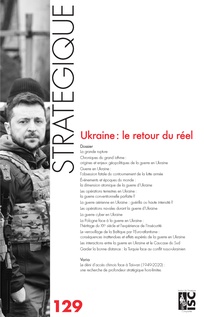
-
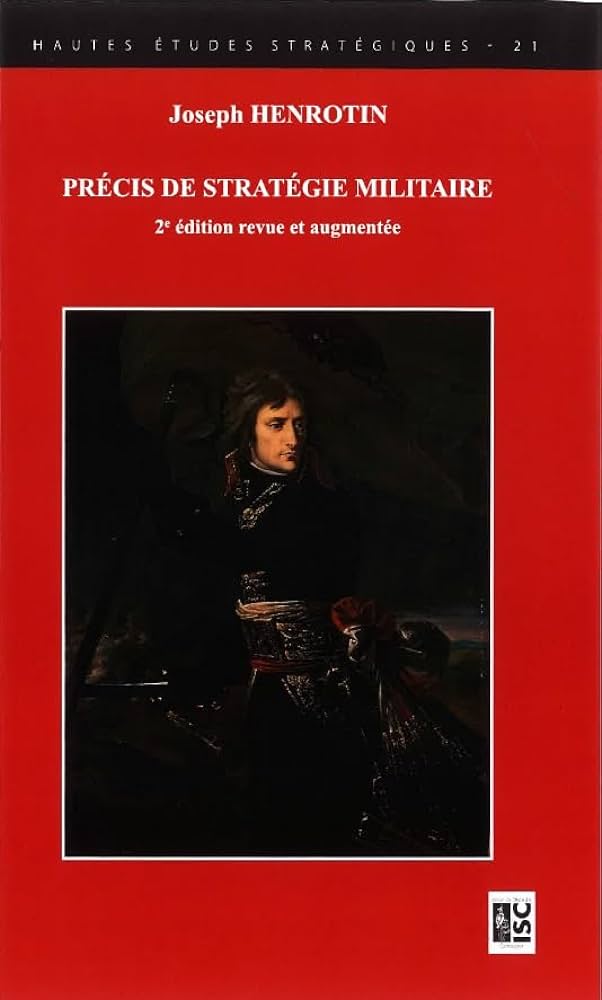
-
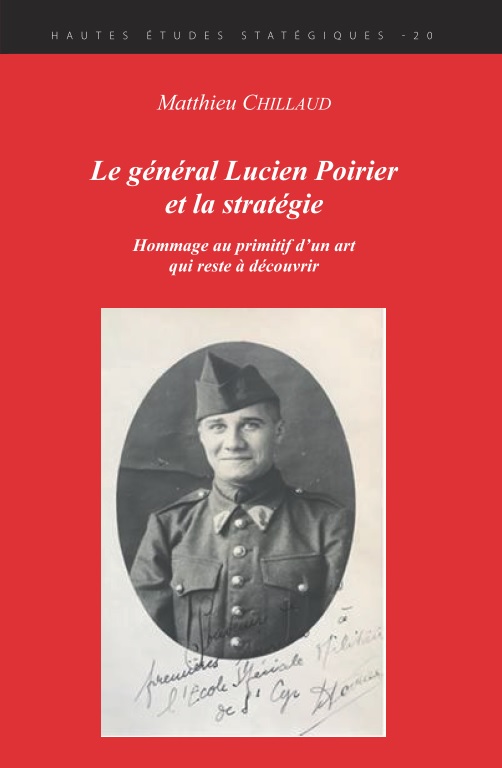
-
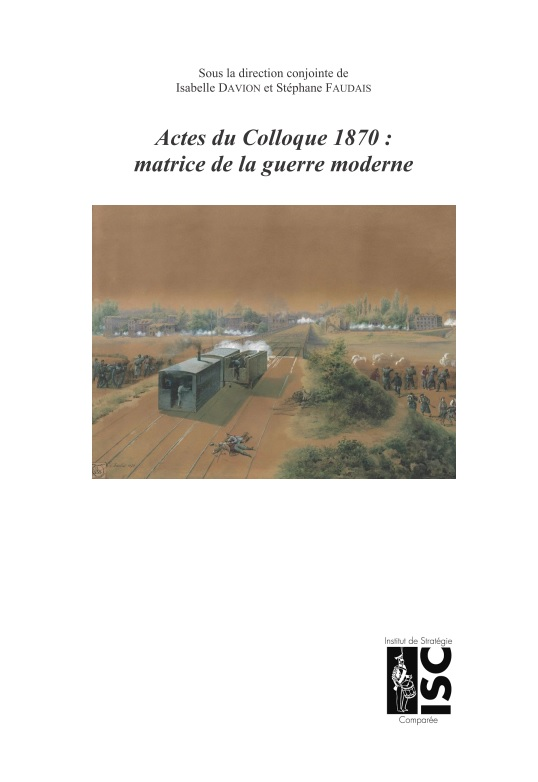
-
